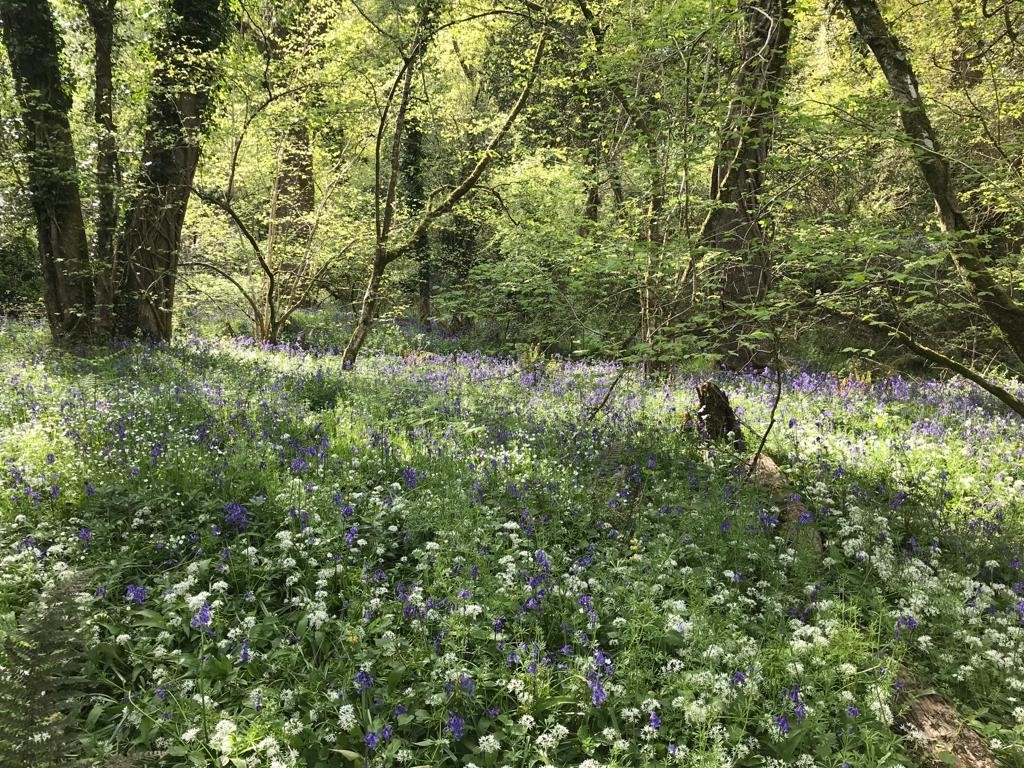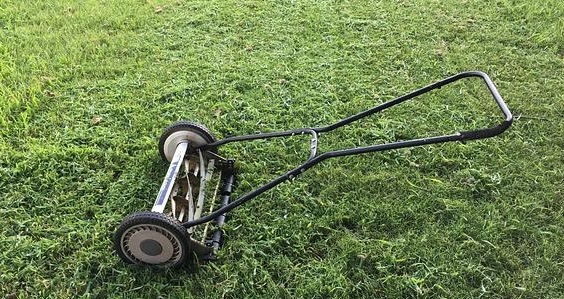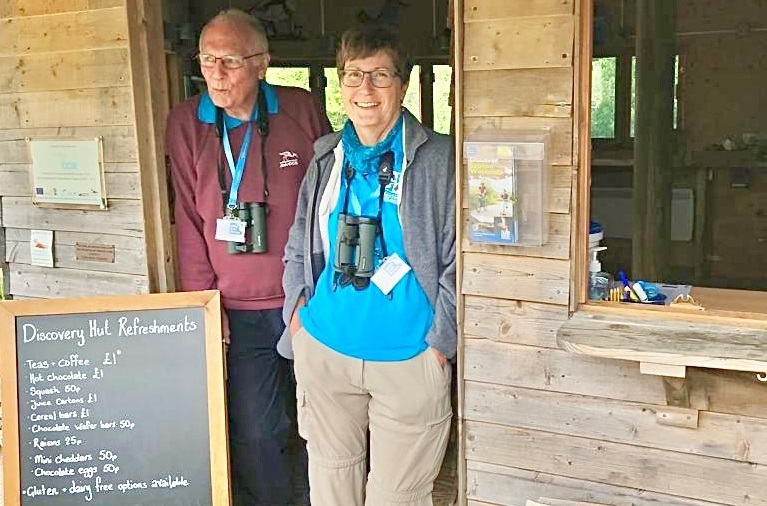Check out our new events!
We're delighted to bring you some new activities and events for the whole family to enjoy, as well as some old favourites, like our annual Seaton Wetlands plant sale. Read all the details and book below.
 Medicine walk - Saturday 21st May, 10.30am-12 noon
We are excited to welcome Maggie Haworth back to our events programme. Maggie will be running a series of medicine walks in Holyford Woods throughout the year, the first of which is on 21st May. Maggie is a trained herbalist and will be taking the group on a gentle walk in exploration of medicinal plants. Join her to learn out the historical use of native plants in medicine as well as their current application. £10 for adults and £5 for children.
Seaton Wetlands plant sale - Saturday 28th May, 11am-3pm
Come down for a slice of cake and pick up a few home grown bargains at our annual plant sale. Enjoy the beautiful walks around the Wetlands while you’re there.
Family explorers at Colyton community woodland - Monday 30th May, 2-4pm
Join the Axe Vale and District Conservation Society and Wild East Devon’s Education Ranger Penny to explore, spot wildlife and get creative. Children must be accompanied by an adult. £5 per family.
Crafts and creatures at Honiton Bottom - Wednesday 1st June, 10am-12 noon
Come and join us at Honiton Bottom Nature Reserve for a morning of nature-based arts and crafts and wildlife discovery. We will go bug hunting in the meadow and get creative with natural and recycled materials, making crafts to take home and encourage wildlife to your garden. £5 per child.
Keep it in the shed!
 In organic agriculture there is a period in late April known at the “Hungry Gap”. It’s the time when winter root crops are running out and newly sown summer plants are yet to start cropping. In nature a similar period exists for nectar-feeding insects and hence a movement known as “No Mow May” is gaining Mow-mentum.
By keeping the lawn mower in the shed for the month of May, it gives the various grassland plants such as dandelion, speedwell and daisy, chance to blossom and provide a flow of nectar through this hungry gap.
They may be common weed plants more usually treated with distain by the gardener, but in spring their contribution to insect larders can’t be over-emphasised and by following this simple calendar year-on-year you will start to notice more wild flower species pioneering your lawn. Adding wildflower seed will further help the process along and those of us with the bug enjoy a beautiful display of grassland plants all the way through to a late summer mow in September – there’s always another job to keep you occupied even if the mower lies dormant.
Naturally Healthy May
 Naturally Healthy May is designed to increase understanding about the power of nature and physical activity to improve our health and wellbeing. May is a fantastic time to head outside and enjoy some fresh air and Spring weather.
This May why not get active and enjoy East Devon’s spectacular views by trying one of these walks through your local countryside. May is a wonderful time to enjoy all that nature has to offer with wildflowers blooming and birdsong at it’s peak.
Fire Beacon walk
Knapp Copse walk
Exmouth Orcombe Point and Littleham Valley Walk
Say hello to Ben Morgan-Brown
 A big, warm, welcome to our newest member of the team:
"My name is Ben Morgan-Brown and I’m very happy to be joining the team as Assistant Ranger. Some of you may already know me as I’ve been volunteering with East Devon Conservation Volunteers since last October, which was one of my work-experience placements whilst I completed my diploma in Land & Wildlife Management at Bicton College.
"I’ve always loved nature and being outdoors, and just over a year ago I took the decision that I wanted to make a career change from music and journalism into something that gave me more connection to nature and the opportunity to make a difference for our outdoor spaces and those that enjoy them. Volunteering with Wild East Devon and other organisations across the county confirmed for me that I had made the right choice, and when I heard that the role of Assistant Ranger was opening up on the countryside team I was really excited to apply, and absolutely ecstatic when I was offered the job!
"Working across our diverse Local Nature Reserves and helping to look after the beautiful East Devon countryside is a dream come true, and I feel very privileged to be trusted with caring for these very special places. I’m looking forward to working with and learning from the rest of the team. See you all out on the reserves!
Each year between May and September we are lucky enough to receive a number of nightjars (Caprimulgus europaeus) at our most easterly local nature reserve, Trinity Hill. These migratory birds over winter in central Africa, and are one of the last migrants to return in Spring. They favour open coniferous and deciduous woodland, and heathland too, which makes this reserve an ideal spot for them as our heath is surrounded by both of these types of woodland.
There are a number of features which make these birds both fascinating and mysterious. While most insect eating birds are active during the day, nightjars are nocturnal and feed at night – predominantly on moths, of which Trinity Hill supports a large variety. Because of this they can be incredibly hard to get a good view of, despite being medium sized birds of around 27cm – roughly the size of a merlin. They are ground nesting birds, and nestle down with their brood of only two eggs in a small scrape amongst the vegetation. During the day they also perch on branches, on which they all but disappear with their incredible camouflage of grey and brown mottled plumage. The best way to locate them is to visit a heathland at night. Despite having an almost silent, hawk like flight, they give the game away by their unmistakeable call known as ‘churring’. It is an almost mechanical sound, quite frog-like, which is both long-lasting and incredibly loud – the sound can carry for over 1km! The pitch (described as being in ‘two gears’) alters as the bird turns its’ head in flight, and is normally only heard during breeding season and at night. Another strange sound they make is through wing clapping, which forms part of their courtship ritual.
If you would like to try to spot these incredible birds, then please join us on one of our Nightjar Walk events. We are hosting two such walks in June (7th and 17th), from around 8:30pm onwards.
 We would like to say a big thank you to all of our wonderful volunteers who helped out over the Easter holidays. It was the first opening of the Discovery Hut since Covid-19 where we were offering refreshments and wildlife information. We had lots of lovey visitors enjoying the wetlands and taking part in our Eggsplorer Easter trail, as well as attending our family crafts event with Penny and Amelia.
|